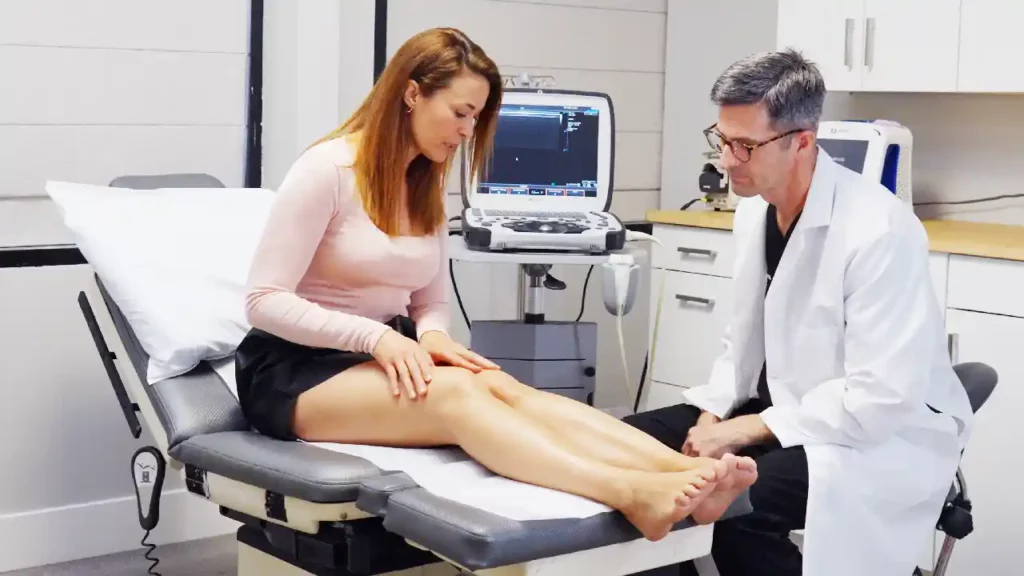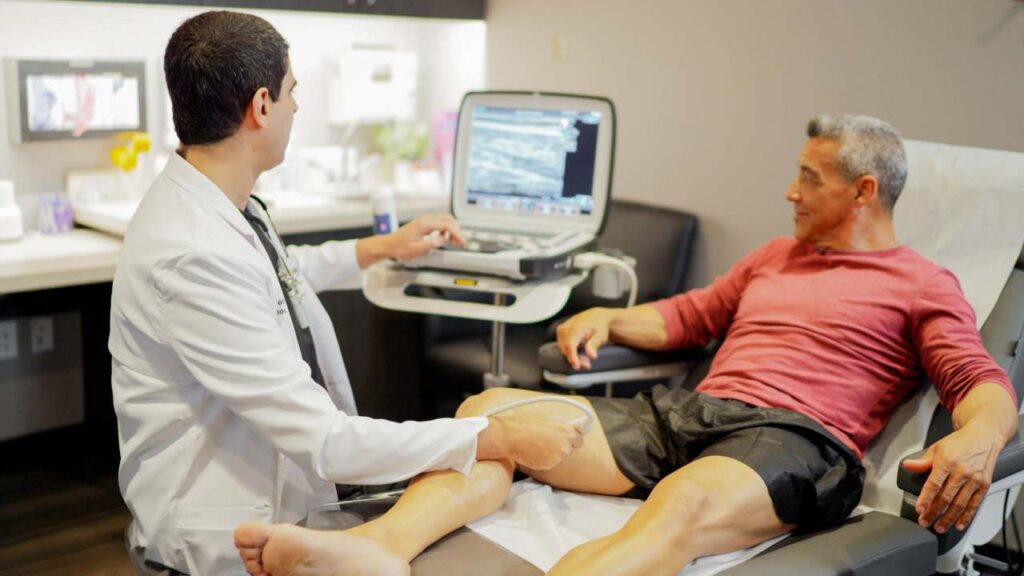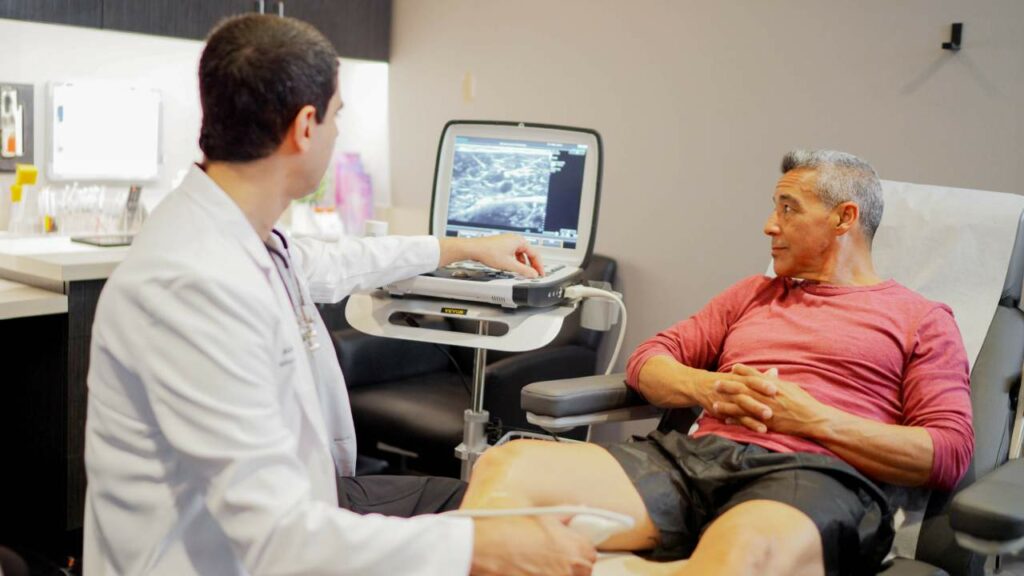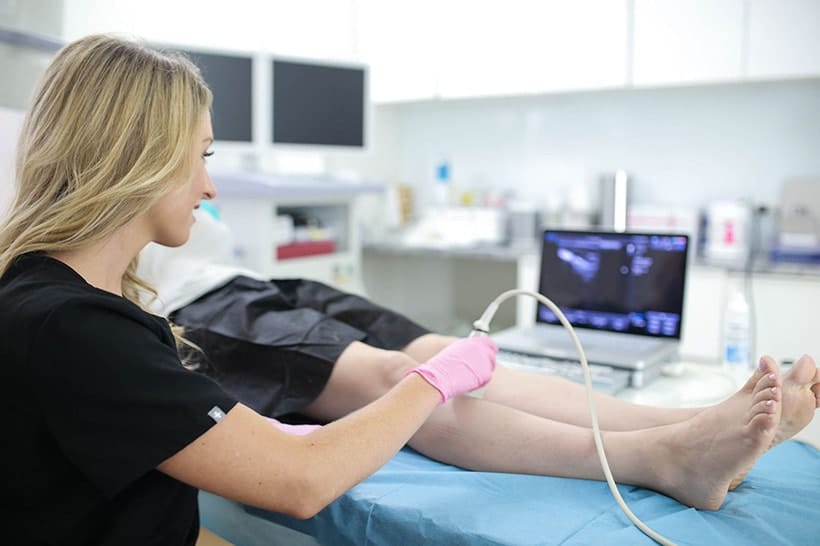Do You Need to Visit a Leg Vein Center for Spider Veins?
Spider veins are incredibly common, particularly in women. When they occur in the legs, they’re often the result of a disease called Chronic Venous Insufficiency. Some spider veins don’t require treatment, while others are prone to bleeding, ulcerations, and painful symptoms like aching, burning, and cramping. Whether your spider veins are symptomatic or not, it’s best to visit a vein treatment center for an assessment. If you have Chronic Venous Insufficiency, your spider veins will worsen over time, and you’ll develop additional spider veins, and possibly varicose veins too. Click HERE to visit the premier California vein center for spider veins.
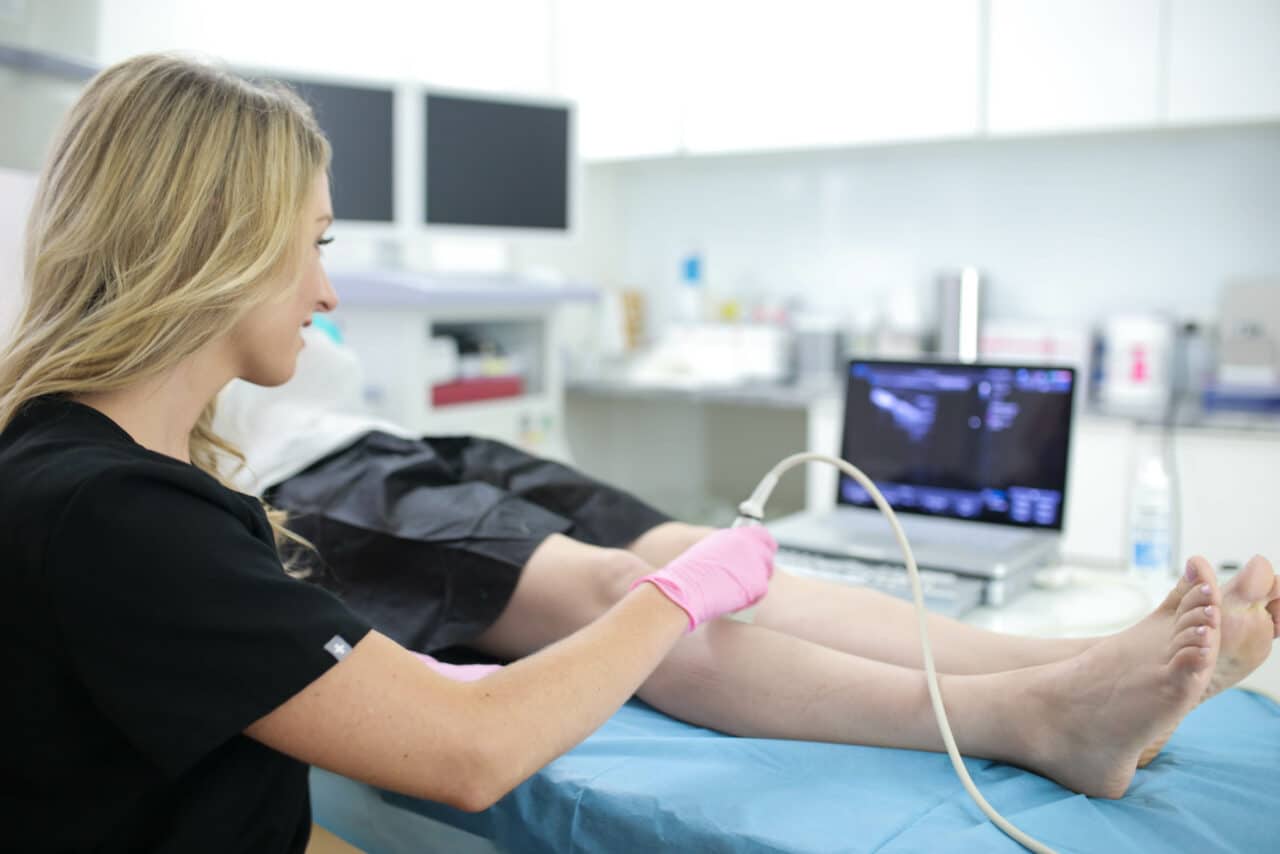
Do Broken Capillaries on Legs Ever Disappear on Their Own?
Broken capillaries, like spider veins, are unhealthy blood vessels that are a dead-end for blood traveling to your heart. They are offshoots of a deeper vein that’s suffered a valve failure, forcing these tiny new thread veins to form from increased pressure. They aren’t “fixable” since they don’t offer a pathway back to the heart. Instead, vein doctors eliminate them, by either heat, adhesives, or most commonly, sclerosants, so that they’re sealed shut and blood flows into healthy veins instead. Spider veins almost never disappear on their own. In rare cases, a spider vein might lighten in appearance, for instance if weight loss reduces pressure on the vein, or after delivery if pregnancy generates the spider vein. But the vast majority of spider veins require treatment to disappear and will worsen without treatment.
What Can Get Rid of Varicose Veins or Spider Veins?
The best way to treat spider veins is sclerotherapy. This minimally invasive procedure is quick, gentle, and non-surgical, and patients can resume normal activities right away. Doctors inject a sclerosant into the vein, which is a detergent-like solution. It irritates the vein walls, causing them to swell and seal shut, eventually shrinking the vein from sight. Sclerotherapy doesn’t require anesthesia or hospitalization and is commonly covered by insurance. Varicose veins might also respond to sclerotherapy, particularly foamed sclerosants, since these can fill a thick vein with less medicine than liquid sclerosants. There are additional methods to treat both varicose and spider veins.
Is Spider Vein Removal by Sclerotherapy the Only Option?
There are alternative ways to treat spider veins, in addition to sclerotherapy. Some patients are better suited to radiofrequency ablation (RFA) or endovenous laser ablation (EVLA) if they’re sensitive to the sclerosant. These methods use thermal energy to heat the vein and seal it shut, and they are also non-surgical and done in under 30 minutes. These are more common for varicose vein treatment, but are also used for spider veins, particularly larger ones. Both sclerotherapy and thermal ablation can treat Chronic Venous Insufficiency, so these procedures help prevent more spider veins and varicose veins from developing.
Do You Treat Spider Veins on the Face of a Child the Same?
Spider veins on the face are often caused by different things than vein damage in the legs, so treatment might differ, especially when doctors treat spider veins on the face of a child. Children are more prone to falling and bumping their face, sunburn, and other injuries to surface veins than vein disease. However, even children can have venous insufficiency. If a child has facial spider veins at the surface of the skin, they don’t necessarily require treatment. But some doctors will treat these veins with pulsed dye lasers to destroy the abnormal blood vessels. Since children’s skin is sensitive, these lasers can occasionally cause blistering, scar tissue, or discoloration- particularly on darker pigmentations, so ask your doctor whether treating facial spider veins on your child is advised.
Are There Any DIY Varicose Veins or Spider Veins Treatments?
Many people wonder whether there are DIY solutions for varicose veins or spider veins. You can exercise, wear compression stockings, manage your weight, and avoid things like smoking and being sedentary to help prevent new spider veins or varicose veins. But these won’t get rid of existing damaged veins. Certain factors beyond your control like heredity, gender, and hormones play a role in developing faulty veins, so you can’t prevent them completely. Pregnancy, menopause, and birth control increase your risk, which is one reason women develop spider veins more often than men. Rather than resenting them or trying unsuccessfully to make them disappear, visit our award-winning California vein doctors. Our team can eliminate spider veins during your lunch break. Don’t waste time trying DIY tactics when results are just minutes away.
Are All Veins Popping Out on Legs Technically Spider Veins?
It’s wise to consult a doctor about spider veins, not just so you can get rid of them, but also because not every defective vein is a spider vein. Larger, bulging veins are usually varicose veins, and varicose vein treatment can be quite different than treating spider veins. If the varicosity is large or deep, our doctors will use Doppler Ultrasound to position the treatment device, and might use a different method like ClariVein, which disrupts the vein mechanically, as well as chemically. They might also use VenaSeal (glue) to close the vein or VNUS Closure (radiofrequency ablation). The good news is, these treatments are also fast and minimally invasive, but they’re only available through qualified vein doctors. Rather than visiting a dermatologist or spa for spider veins, visit our vein center to make sure you don’t actually need varicose vein treatment instead.
Can You Treat Spider Veins from Pregnancy?
If you develop spider veins from pregnancy, they can definitely be treated. This is a common time to develop spider veins or varicose veins, because blood volume increases during pregnancy, which increases pressure in the blood vessels. Weight gain and hormonal changes during pregnancy also increase the risk of spider veins, and so does the pressure on pelvic veins from the growing uterus.
However, you should not treat veins during pregnancy unless they are a life-threatening condition. Wait until after delivery to proceed with treatment. In the meantime, try these tactics to reduce discomfort: wear supportive flats, sleep on your left side, don’t cross your legs for long periods, don’t gain more weight than recommended, watch salt intake, get enough activity, change positions frequently, and elevate your legs while at rest. Since pregnancy-induced spider veins occasionally disappear, you can wait to see if they improve on their own, however this is a rare occurrence.
Does Everyone Develop Spider Veins or Can You Prevent Them?
While not everyone will develop spider veins, they are incredibly common. Since genetic and lifestyle factors both play a role in their development, most people will sustain some degree of vein damage. The good news is there are several quick, gentle, affordable ways to erase them, so you don’t have to live with the discomfort or unpleasant appearance of spider veins. With spider vein and varicose vein removal, before and after is like night and day. Patients experience not just a boost to their self-confidence, but also to their energy and well-being.
Do Spider Veins Go Away Quickly After Treatment?
If you have bulging, painful, or red veins on the legs, getting rid of them is much easier than you’d expect. Gentle remedies have replaced surgical treatments for the majority of patients. Come see what’s new in spider vein treatment at our California vein treatment center. You’ll be in and out of our office in under 30 minutes, and you’ll notice a change right away. Since our treatments are non-surgical, there is no downtime or healing period. You’ll get right back to life as you know it, while your veins silently shrink out of sight.
